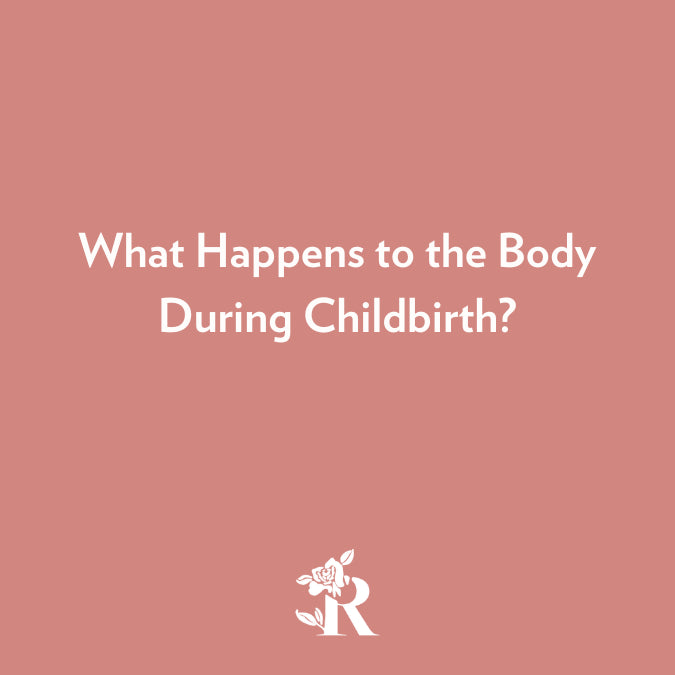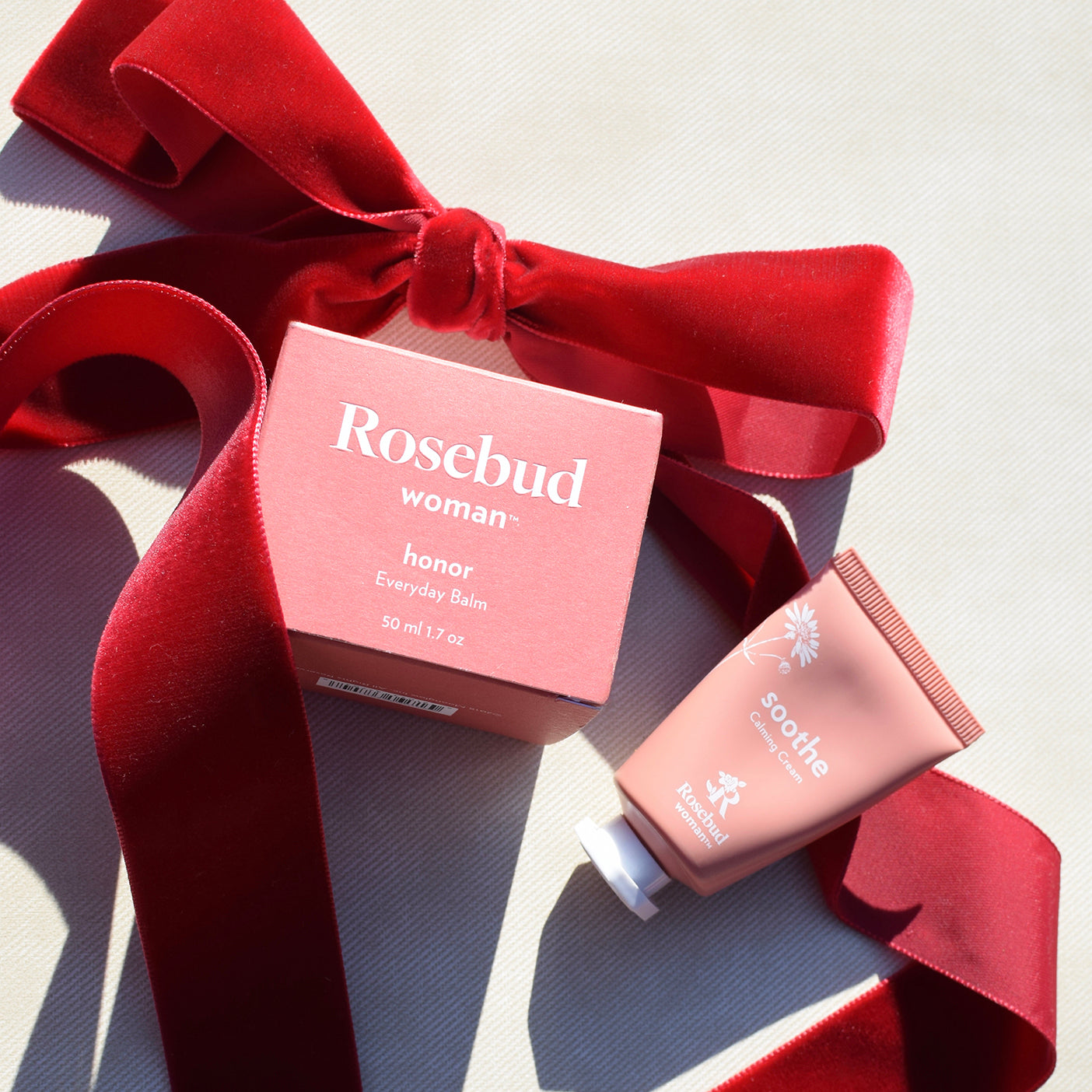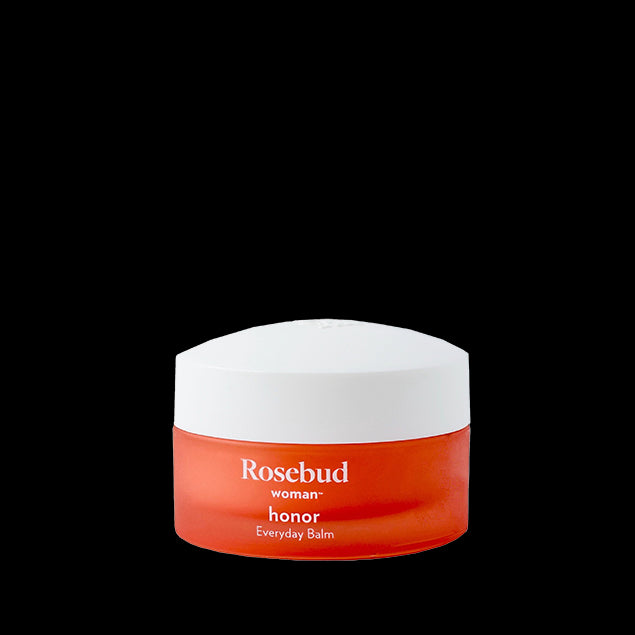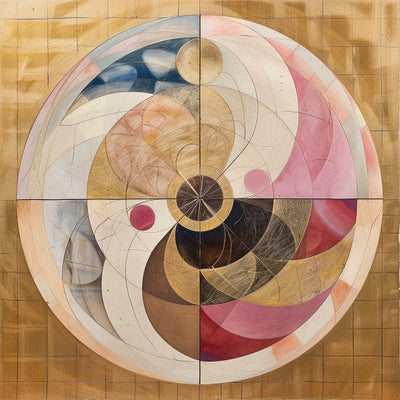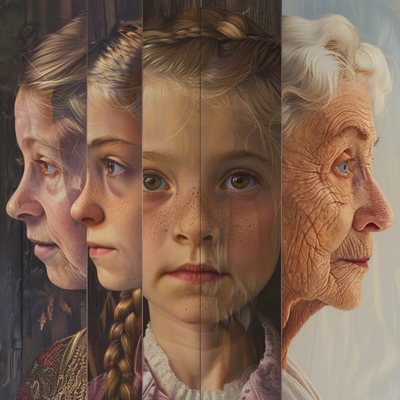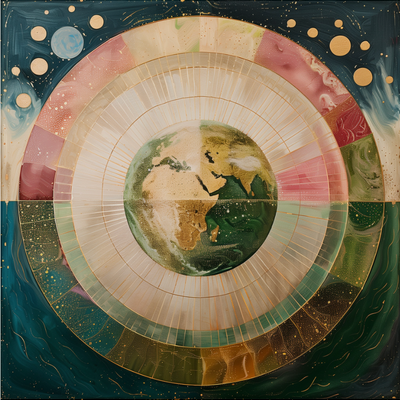What Happens to the Body During Childbirth?
-
Early labor: This is the beginning of the birthing process and can last anywhere from a few hours to a few days. During this time, the cervix begins to soften, thin out, and dilate, allowing the baby to move down into the birth canal. Some women may experience contractions during this stage, but they are usually mild and irregular.
-
Active labor: This stage begins when the cervix is about 6 cm dilated and the contractions become more frequent, intense, and regular. During this time, the baby's head moves down into the pelvis, putting pressure on the cervix and causing it to dilate further. The mother may experience a range of sensations, from pressure and discomfort to intense pain, and may use breathing, relaxation, and pain management techniques to cope.
-
Transition: This is the most intense and challenging stage of labor and usually lasts only a few minutes to an hour. The cervix fully dilates to 10 cm, and the baby's head is ready to be born. The mother may experience strong contractions that are close together, and may feel the urge to push. Some women may also experience shaking, sweating, and nausea during this stage.
-
Delivery: This is the final stage of labor, when the baby is born. The mother pushes with each contraction to help the baby move down the birth canal and out of the body. Once the baby's head is delivered, the rest of the body usually follows quickly. The baby is usually placed on the mother's chest immediately after birth, allowing for skin-to-skin contact and bonding.
-
Delivery of the placenta: After the baby is born, the uterus continues to contract, causing the placenta to detach from the uterine wall. The mother may need to push again to deliver the placenta, which usually happens within a few minutes of the baby's birth.
Throughout the birthing process, the body releases hormones such as oxytocin, which helps to stimulate contractions and promote bonding between mother and baby, and endorphins, which act as natural painkillers. The body also undergoes significant changes in blood pressure, heart rate, and other vital signs, and may experience tearing or stretching of the tissues in the birth canal. Depending on the type of delivery (vaginal or cesarean) and any complications that may arise, the recovery period after childbirth can vary in length and intensity.---
If you're preparing for childbirth, we recommend reading this article on perineal massage, and listening to these podcasts on orgasmic birth, creativity and birthing, midwifery- and this article from First Time Parent on pre and post natal V-care.
Gift Honor Everyday Balm to Pregnant or New Moms:

